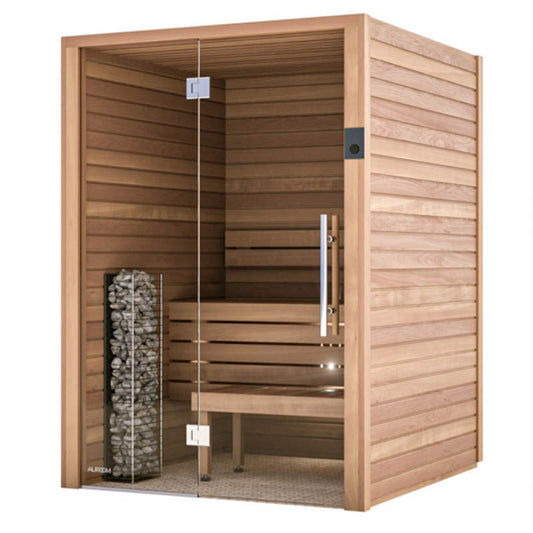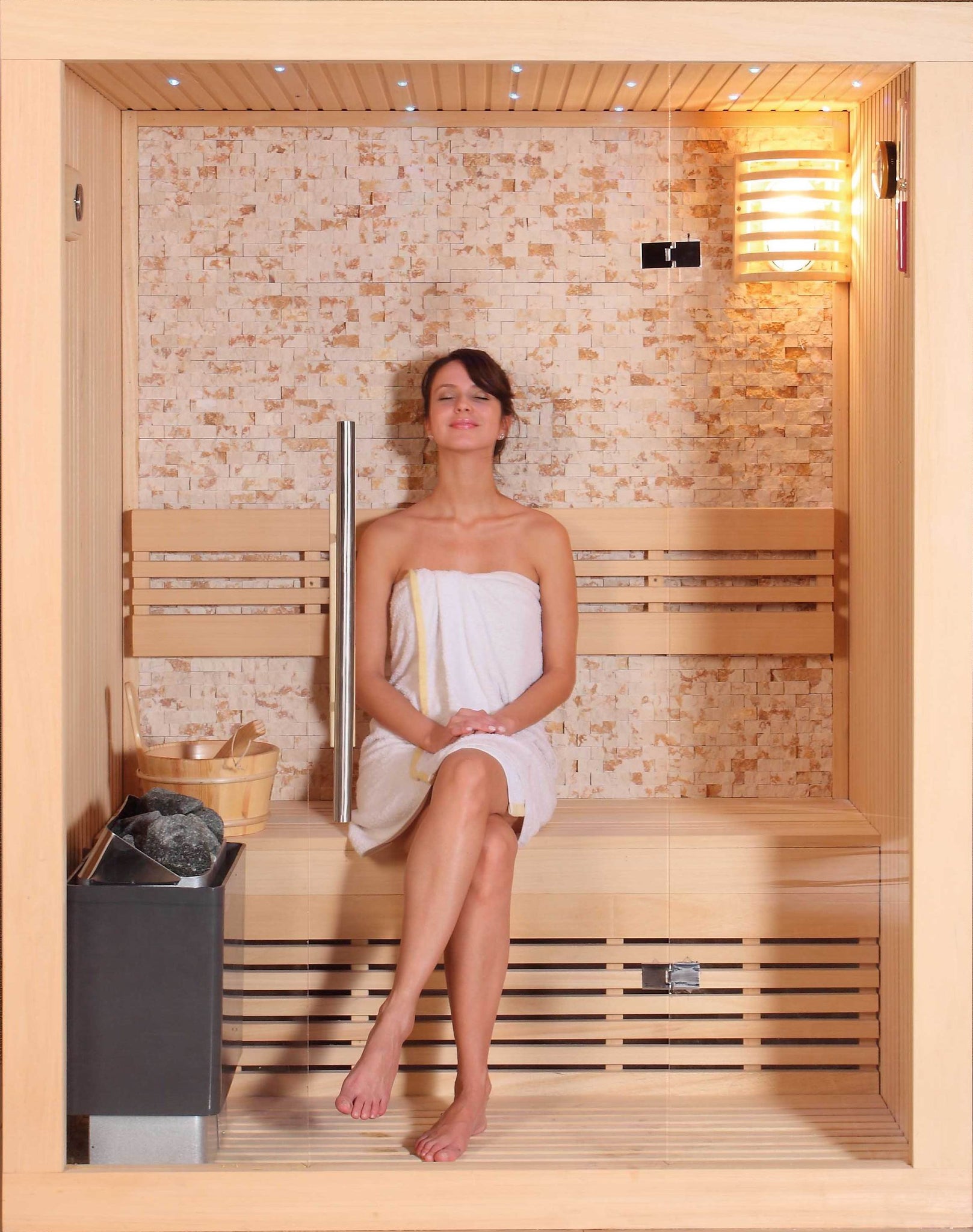Traditional Sauna Fundamentals Explained
Traditional Sauna Fundamentals Explained
Blog Article
Facts About Traditional Sauna Revealed
Table of ContentsTraditional Sauna - An OverviewSome Known Questions About Traditional Sauna.The Of Traditional SaunaThe Basic Principles Of Traditional Sauna
A lot of the weight lost in a sauna is water loss and is re-gained upon rehydrating. Without a question sauna can be an important component of a healthy weight loss program. To take a look at the distinctions between standard and IR saunas, I will certainly separate these into proven, theoretical, and made differences.Hence, the most popular point in the saunawhich goes to the ceiling straight over the sauna heateris usually in between 185 and 190 F. Traditional Sauna. Claims that a conventional sauna surpasses 200 F is merely not real and not relevant for electrical saunas sold in the United States. The temperature for a far-infrared sauna is normally set in between 120 and 140 F; nevertheless, unlike the standard sauna, the goal in and IR area is not to accomplish a heat
Due to this, the temperature level difference is virtually pointless, because excessive sweating results in both sauna types, but the technique of heating the body is various. In an IR sauna the bather will feel warm and will sweat profusely, yet at a lot reduced temperature levels. Hence, if the objective is to invest longer periods of time in the sauna, the IR sauna is an excellent option.

Not known Facts About Traditional Sauna
When the heat is accomplished, the components cycle on and off to preserve the heat. Most standard sauna individuals enjoy putting water over the rocks to produce vapor to elevate sauna moisture degrees. The advantages of pouring water over the rocks include: making the room a lot more comfy, dampening the nasal flows, and permitting the usage of aromatherapy by blending vital oils with the water.
In a far-infrared sauna, the warm front pass through the body to successfully heat the body and raise the body core temperature level. To attain this enhanced temperature level, Far-infrared emitters develop infrared energy which is close to the very same wavelength as that which the body normally emitsoften referred to as the "Essential Array" of 7 to 14 microns), so the energy is well obtained by the body.
When the energy goes into the body, it creates the body temperature level to raise and ultimately results in sweating. In an infrared sauna it's essential for the emitters/heaters to stay on practically continuously. Because there is no mass of rocks to retain warmth, the sauna will certainly cool down if the emitters shut down.
As discussed over, the sauna bather in an infrared space intends to place himself before operating emitters to obtain maximum gain from the warmth. The heating time for both areas can be extremely different, depending on just how the spaces are used. For a traditional sauna, a bather should permit 30-40 mins for the room to accomplish a wanted temperature and to appropriately pre-heat the rocks.
A Biased View of Traditional Sauna
A well go to this website constructed sauna will normally attain a temperature of 150-160 F in regarding 30-40 mins. For hotter temperature levels, the space might require to warmth for a longer period.
To some, 15 mins was "thrown away" while the infrared power heated up the wood panels instead of warming a body, while others locate a pre-heated space to be a lot more comfy and think a raised beginning temperature level is necessary to begin perspiring. The length of recommended usage for each and every area is about the same (10-15 minutes per session); however, because of the lower air temperature levels and the capacity to feel the impacts of infrared warmth faster than a typical sauna, it is not uncommon for an individual to invest a total amount of 20-30 mins in an infrared sauna.
Standard saunas have a tendency to be larger (thus use even more electrical power) than infrared saunas, although conventional saunas are certainly readily available in one and 2 person sizes. For a two-person standard sauna, 5x6 try this out or 5x7 size is most popular. The leading bench can comfortably seat 2 or three individuals and is also long enough to rest during the sauna session.


The average cost per kWH of power in the united state is approximately $0.11, so a 4.5 kW heating system will certainly cost roughly $.50 to run for one hour, if the heating system runs continuously for one hour. Usually a sauna heating system will compete 75% of the first hour and 50% of subsequent hours on given that the aspects cycle once the established temperature level is accomplished.
The Ultimate Guide To Traditional Sauna
A two individual far-infrared space is typically literally smaller sized than a conventional sauna, commonly about 4' x 4' or smaller sized. The IR heater is generally 1.5-1.7 kW utilizing a 120 volt 15 amp plug-in service. Considering that the space can be made use of sooner than a sauna room, we will presume the area is made use of for to of an hour including warm up time.
There is a seldom talked about difference in the social experience between the 2 areas. While our culture has lost some of the social benefit of the traditional sauna experience, it can be very socially gratifying. From family time in the sauna, to heart-felt conversations with better halves, to go to this web-site sauna partiesthe traditional sauna experience can lead to intimate mingling.
The majority of greater end infrared spaces consist of tinted light therapy, sound systems and full-glass fronts.
Report this page